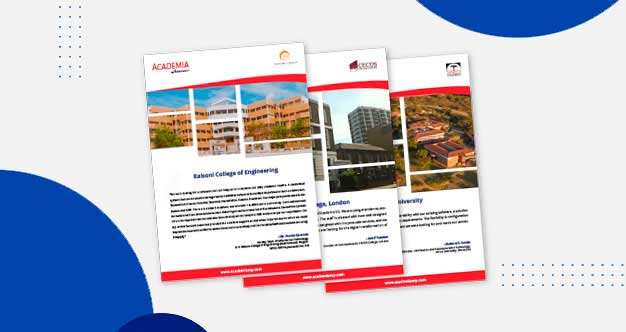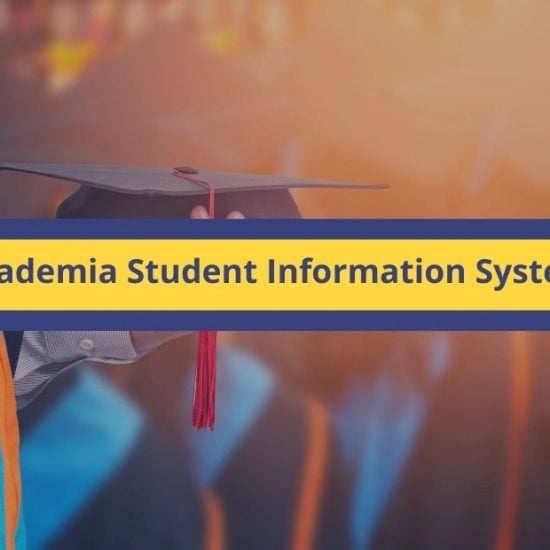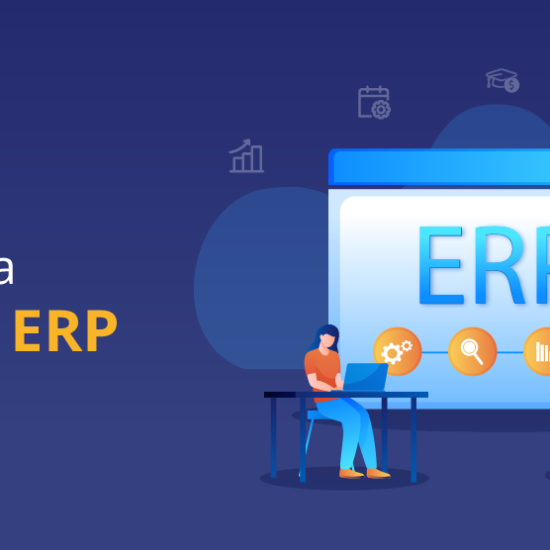5 Ways Technology Can Help Save Costs for Academic Institutes
The growth of educational resources and online courses being offered today are a clear indication of the shift to technology and how it’s changing the landscape of the education industry.
Every year there is an increasing number of students opting out of attending schools and colleges physically. With many study options available, a lot of which are online and comparatively cheaper, technology is playing a huge role in making education accessible and cheaper than ever before. Even long-distance or work-based learning, as well as apprenticeships, are becoming available online, which reduces the total cost of education by permitting interns to live at home and learn and earn.
Today, when the world has been ravaged by COVID19 in an unprecedented way, education is one field that has managed to deliver, without any hiccups. Educational institutions all over the world have quickly moved all their teaching online and are making sure that students are gathering every bit of knowledge and learning that they would have, on campus.
While online education may be the need of the hour right now, technology has always proved to be a gainful investment for educational institutions, one of which is saving on costs.
Let us explore 5 ways in which technology can help save costs for educational institutions.
1. Using the cloud instead of the copier
Educational institutions have seen the enormous potential of the cloud and more and more schools and colleges are moving over every year. A market research report had predicted a 26% annual growth in cloud computing in schools through 2021. Needless to say, with the ongoing pandemic the numbers would inflate too much more than that.
Cloud technology has plenty of instant benefits to academic institutions like –
- It does away with the need to buy expensive printed textbooks, which become outdated quickly. Using digital content allows easy regular updating as and when necessary, which also saves cost substantially for the school.
- It minimizes the requirements for expensive hardware like servers, which call for ongoing server room cooling, maintenance and a huge amount of space.
- It reduces the use of toner and copy paper, along with saving the time spent on making copies every week, while also reducing carbon footprints.
- If there is ever a loss or a need to track down a paper trail, a cloud system will give easy access and swiftly recover data.
2. Taking advantage of the VoIP over the traditional PBX
Switching over to the VoIP phone system has helped schools and institutions to cut down costs by lowering phone bills and having access to new automation features to further boost productivity.
VoIP providers often offer free internal calls making it possible for teachers, administrators, and anyone with a phone connected to the phone system to call each other without any charges. Larger schools and institutions can save a substantial amount by using a VoIP phone system since all the frequent calls made within a school system are considered in-network and will be free of charge.
A VoIP system is cheaper to maintain than a PBX system. It can be installed quickly with adding and removing of phones done simply. A hosted VoIP system comes with free 24/7 support staff.
3. Opting for the digital platform over manual
In this age of technology, it is a challenge for educators to constantly keep the learning environment engaging and relevant. It is important for them to keep the communications and information flow of the school community completely smooth and secure.
While it may seem migrating to a digital platform would require huge budgets, truth is, it is the crucial factor that can actually cut costs, boost productivity and save time which is otherwise wasted on administrative tasks. With digitization, teachers and administrators do not have to spend time with old machines, including outdated computers, printers and slow networks; and could use their time for more productive work. Teachers have the advantage of using technology to produce more creative learning opportunities for students. On the other hand, students get accustomed to technology at an early age and learn valuable skills which will sustain them for life.
4. Using special-purpose applications for better efficiency
Educational institutions have started to see the utility of application that can help them manage a lot of departments better. Since educators know they have the responsibility of building the careers and lives of a whole new generation, they understand there is no scope for mistakes. Switching over to digital helps to make sure there are no errors in statistics and work flows smoothly as programmed. They are moving to the use of specifically created applications to better manage food services, school buses, utilities like electricity and cooling/heating, textbooks, etc.
Besides the smooth functioning and management of various departments with the use of various applications, educational institutions are also saving money by eliminating the need of human intervention and physical work.
5. Availing digital documents over physical material
One important aspect of knowledge is, it needs constant updating. Going digital helps to quickly and efficiently update new material online with adaptable changes. Content changes and delivery, digitally, lowers the cost of printing the new material and also gets rid of the reliance on physical printed content and copy.
While education institutions wake up to the importance of technology and seek to empower themselves with the latest, it is the SIS (Student Information System) that has proved to be the groundbreaker with the advantage to connect, teach and manage better. One of the most important roles technology plays is to handle evolving requirements and efficiently manage multiple modes of communication.
Academia SIS has been specifically developed to suit the current and future needs of growing higher education institutions. It is a unique multifeatured solution for Group Institutions, Business Universities, Colleges, Schools, etc. and automates the complete student life cycle.
Undeniably, the best technology solution to successfully lower costs while providing an edge by enhancing connectivity among students, teachers and parents.
For the education institutions, while adopting technology helps to cut down costs, it also works for students as the expenses go down considerably with online course materials and other associated expenses. Hence, a win-win for all.
 Higher Ed Plans
Higher Ed Plans K12 Plans
K12 Plans










